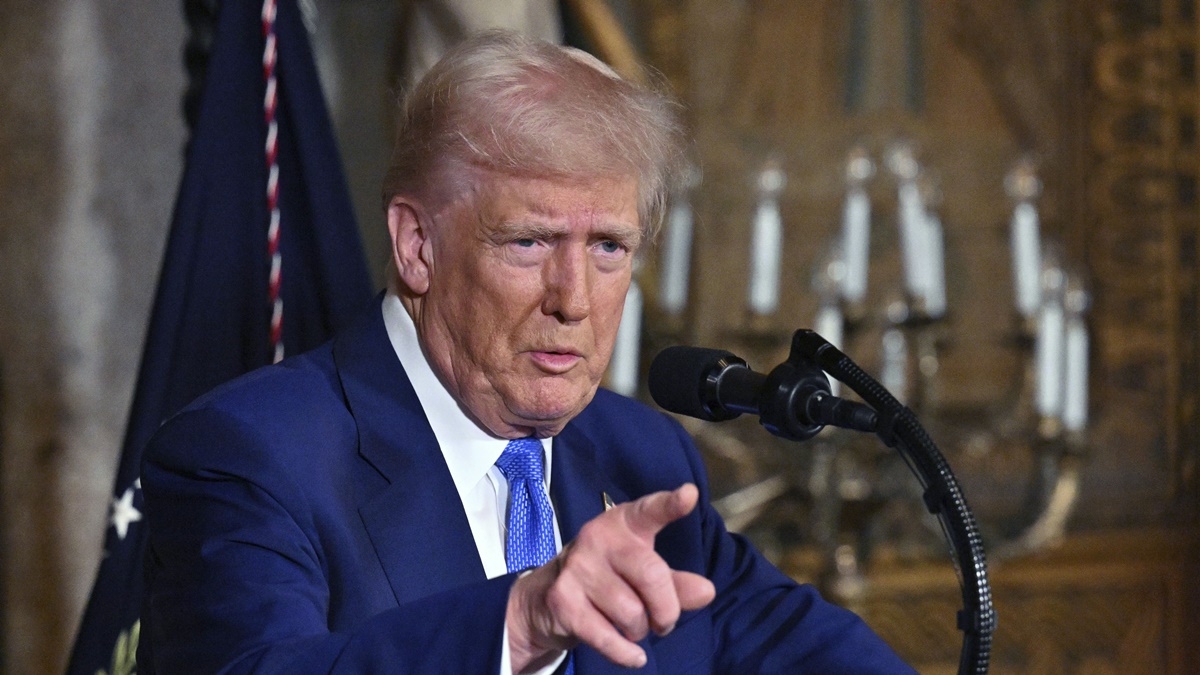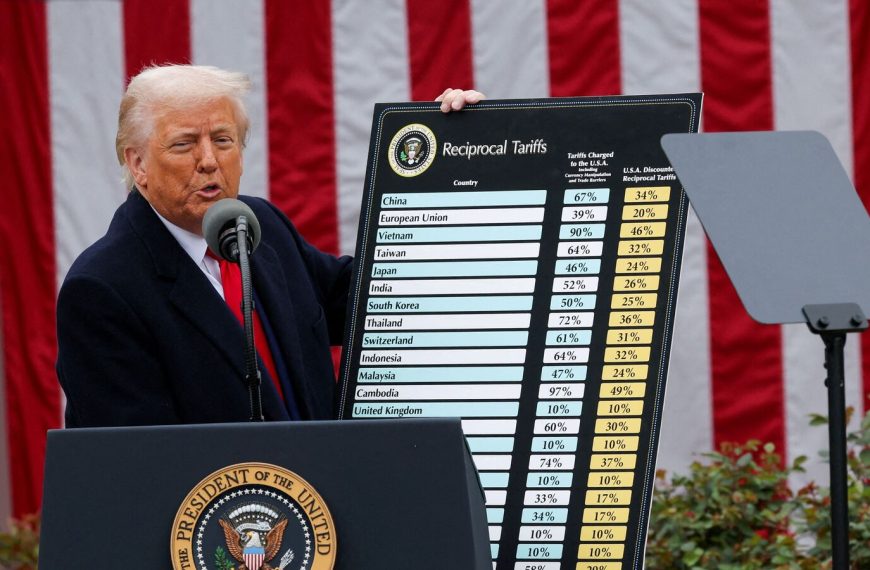The recent implementation of tariffs by the Trump administration has raised significant questions about its potential impact on India’s economy. While some analysts predict challenges, others, like Bernstein, maintain a cautiously optimistic outlook. According to their analysis, India is likely to effectively navigate through these tariffs, engaging in negotiations with the U.S. rather than escalating trade tensions. This approach could foster a recovery in India’s macroeconomic factors later in the year.
Understanding the Tariff Landscape
The 26% tariffs placed on Indian imports may seem substantial, especially when compared to India’s tariffs on U.S. goods. However, Bernstein highlights that key sectors such as IT services and pharmaceuticals remain unaffected by these tariffs. This could mitigate potential adverse effects on India’s economy, emphasizing that healthcare is a sensitive sector unlikely to face significant tariff threats.
- Key Points:
- IT services and pharmaceuticals are exempt from tariffs.
- Bernstein views healthcare as a resilient sector amidst tariff challenges.
U.S. Economic Concerns Loom
Despite the optimistic outlook for India, Bernstein warns that a potential recession in the U.S. could pose risks for various sectors in India. Their analysis leads to an upgrade in the healthcare sector’s rating to equal-weight, while the IT sector faces a downgrade due to the increasing likelihood of U.S. economic downturn.
- Sector Ratings:
- Healthcare: Upgraded to equal-weight.
- IT: Downgraded to equal-weight due to recession risks.
Scrutiny of Tariff Calculations
In his pre-announcement speech, Trump hinted at a gentler approach towards other nations, raising hopes that the tariffs might be milder or more selective. Contrary to this perception, the high tariff rates reflect a more aggressive stance. Bernstein’s report indicates that the reference tariff rate used for calculations is complex and incorporates non-tariff measures, leading to inflated tariff figures.
- Insights:
- Actual U.S. tariffs on Indian goods are calculated using a complicated framework.
- Misinterpretations have led to perceptions of higher tariffs than the actual rates.
Inflationary Pressures on the U.S. Economy
Bernstein also notes that the tariffs could trigger inflation within the U.S., affecting a broad spectrum of imports. With nearly 60% of these imports facing duties exceeding 20%, the weighted average tariff could reach 28.3%. This scenario may dampen consumer demand and increase the chances of a recession in the U.S.
- Inflation Impact:
- Significant tariff rates could lead to an inflation spike.
- Potential for decreased demand in the U.S. economy.
The Road Ahead: Negotiations and Uncertainties
Looking forward, Bernstein suggests that these tariffs might serve as a starting point for prolonged negotiations between nations. However, the risk remains that if negotiations falter, the economic implications could be severe. As India positions itself to engage with the U.S., the outcome of these discussions will be crucial in determining the long-term effects of the tariffs on both economies.
In conclusion, while the immediate impact of Trump’s tariffs on India raises concerns, the potential for negotiation and the resilience of certain sectors could provide a buffer against adverse effects. Keeping a close watch on U.S. economic conditions will be essential in the coming months.











